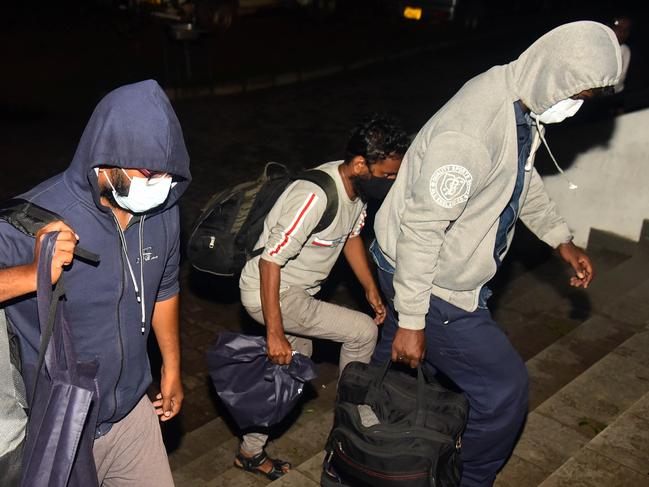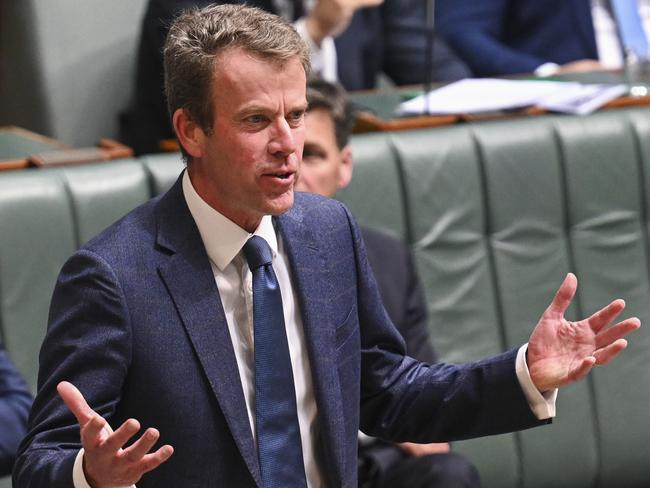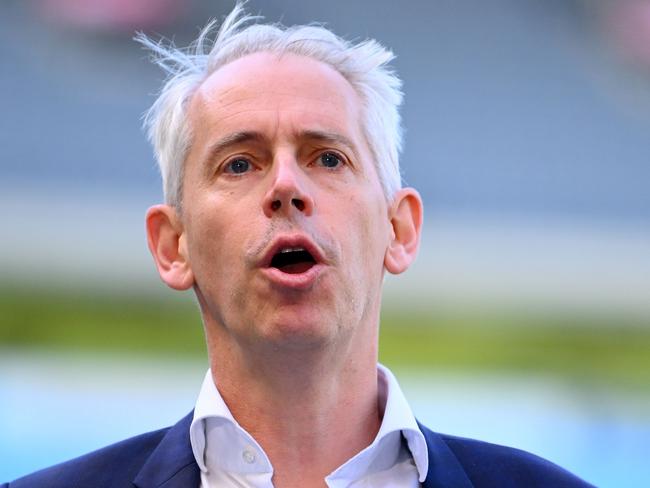Australia sees growing asylum seeker applications as Sydney become top point of entry
A growing number of asylum seekers are arriving in Australia by plane with more than 2000 new arrivals every month — and the largest chunk of people seeking refuge are from conflict-free nations.
NSW
Don't miss out on the headlines from NSW. Followed categories will be added to My News.
A staggering number of asylum seekers are arriving in Australia by plane with more than 2000 new arrivals every month — and the largest chunk of people seeking refuge are from conflict-free nations.
August to November last year marked four months in a row where more than 2000 asylum applications were lodged, new data revealed.
The arrivals are coming by plane on different visas and then applying for asylum once they have entered Australia.
When the Albanese government first came in, they were facing half the number of applications per month.
In November, Vietnam was the country of origin for the largest number of asylum seekers, 444 people, followed by China (230), Vanuatu (129) and India (121) and the biggest demographic were men aged 25-44 years.
Despite Vietnam topping the list of arrivals, less than 5 per cent of applications from the nation were approved while less than 9 per cent of Indian applicants were successful in claiming asylum.
In comparison, 100 per cent of asylum seekers from civil war-torn Myanmar were accepted.

It can also be revealed that Sydney airport was the number one point of arrival for refugees in Australia since the last election while NSW town Griffith topped the state’s list of postcodes with the most asylum applicants.
The 2680 postcode, which covers Griffith and its surrounding small towns, topped the list of the most asylum applications in NSW by postcode with 594 applications.
It was followed by a list of western and southwestern Sydney suburbs including Auburn (503), Liverpool and Casula (393), Wentworthville, Pendle Hill and Westmead (357) and Blacktown, Marayong and surrounds (347).
Former Victorian Police Commissioner Christine Nixon handed the government a review of its visa system in March which found the delays in processing the applications were encouraging people to apply for dodgy asylum applications as a means of staying in the country.
“Visa processing and review time frames for onshore protection visa applications are particularly high. This is motivating bad actors to take advantage by lodging increasing numbers of non-genuine applications for protection,” the review said.
Australian Strategic Policy Centre’s Dr John Coyne said the end of Covid-19 had prompted the increase in asylum seekers.

“After a pause on travel through the years of Covid-19 when the borders could be much more controlled, we have entered back into a period when we have relatively open borders,” he said.
“A certain percentage of those numbers (are people who) understand how the system works, they know how long it takes for the bureaucratic process to work before they are returned, they use that as a mechanism to continue working here.”
Coalition immigration spokesman Dan Tehan accused Labor of being “asleep at the wheel” of their home affairs policy.

“For the fourth month in a row now, more than 2000 people have made an asylum claim under the Albanese Labor Government,” Mr Tehan said.
“These huge numbers of non-genuine asylum seekers under Labor mean Australians are denied access to the courts and government services and genuine refugees are left in limbo.”
Immigration Minister Andrew Giles lay the blame for long processing times on the former Coalition government and pointed to his government’s investment in the system.
“During almost a decade of neglect, under-investment and mismanagement by the former government, delays and backlogs in processing onshore Protection visa applications blew out,” he said.
“In October, the Albanese Labor Government announced a $160 million package of reforms to restore integrity to Australia’s refugee protection system.”





